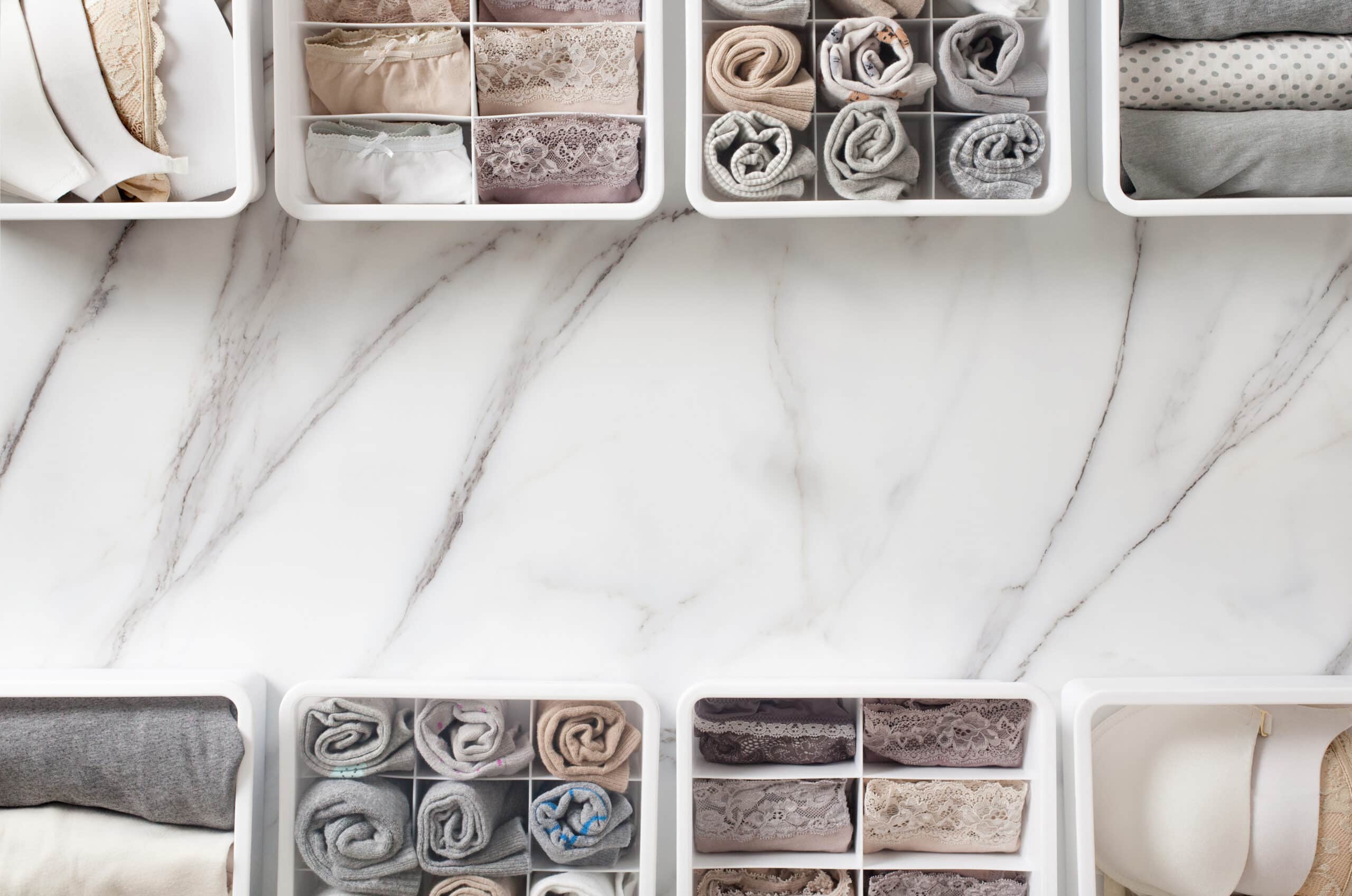When planning a home layout that serves the unique needs of individuals with ADHD (Attention Deficit Hyperactivity Disorder), it’s essential to give attention to accessible and visibility-centric design principles. Incorporating neurodiversity into our design process, we can foster spaces that boost organization, minimize visual clutter, and cultivate an environment conducive to calmness and focus. In this blog post, we’ll delve into the concept of an “always visible” design and share more helpful tips to design an ADHD-friendly home from both a design and professional organizer’s viewpoint.
Visible Yet Tidy Organization:
Individuals with ADHD often grapple with visual clutter and, therefore, may benefit from organization systems that keep items visible, tidy, and easily accessible.
- Accessible Storage Solutions: Integrate accessible storage choices like open shelves, transparent drawers, or baskets for storing items like toys, books, and clothes. This approach retains a clutter-free look while ensuring everything has its spot.
- Clear Containers and Labels: Employ clear containers and labels for storing and categorizing items, facilitating easy identification without rummaging through opaque containers or piles of possessions.
ADHD-Friendly Design Tips:
- Reduce Visual Distractions: Design clear visual pathways across the home by reducing superfluous decorations, furniture, or obstacles. Open spaces with unhindered lines of sight can help alleviate sensory overload and boost focus.
- Colour and Contrast: Strategically use colour and contrast to aid focus and attention. Consider including bold and contrasting colours for essential areas like study or workspaces, which helps attract attention to crucial elements and limit distractions.
- Simplify Storage Systems: Streamline storage systems by employing simple and intuitive solutions. Stay away from complex organizational methods that may overwhelm individuals with ADHD. Use straightforward systems with clear instructions or visual cues.
- Visual Cues and Reminders: Embed visual cues and reminders across the home to support memory and task management. Tools such as whiteboards, chalkboards, or digital calendars in key areas can assist individuals with ADHD to stay organized and remember significant information or tasks.
- Sensory Considerations: Be mindful of sensory elements like lighting, acoustics, and textures. Guarantee adequate lighting for optimal concentration, minimize noise distractions through soundproofing or noise-cancelling solutions, and select textures that offer tactile comfort.
Professional Organizer’s Perspective:
Involving a professional organizer can significantly aid in customizing the space to cater to the specific needs of individuals with ADHD. We can provide tailored recommendations and introduce efficient systems, considering the client’s organizational preferences and unique challenges. Our expertise in decluttering, categorizing, and establishing sustainable organizational systems can foster a more balanced and functional living environment.
Creating an ADHD-friendly home requires meticulous thought over accessible design principles and a focus on neurodiversity. By embracing the concept of “always visible” organization and adhering to additional tips to support individuals with ADHD, we can craft spaces that enhance organization, lessen visual clutter, and improve focus. Marrying design strategies with the proficiency of our ADHD trained professional organizers can lead to a balanced and functional home environment for individuals with ADHD.
We invite you to contact us at info@organizethat.ca to schedule a free needs assessment.

